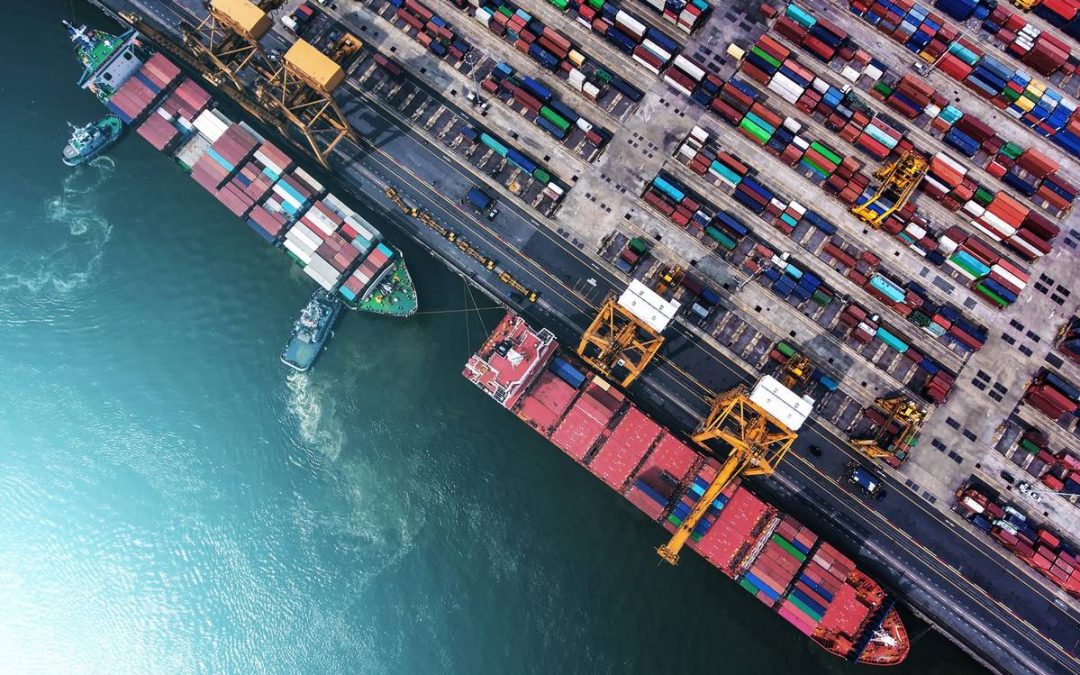The latest data from the Xeneta Shipping Index (XSI®) reveals long-term contracted rates fell by 1.1% in September. This is the first drop since January and one of only three declines in the past 21 months. However, analysts at Oslo-based Xeneta, which aggregates data from leading global shippers and freight forwarders, expect “it won’t be the last”, with market fundamentals suggesting the “halcyon days” of ever-increasing rates for carriers may be drawing to a close.
“It had to happen sooner or later,” comments Xeneta CEO Patrik Berglund. “We’ve seen a steady, and at times spectacular, uptick of long-term contracted rates since the early days of the pandemic. This has fuelled record-breaking carrier profits, much to the dismay of a financially-stressed shipper community. But, over the past couple of months, clear signs of a market shift have emerged.”
The great divide
He explains: “Spot rates have been dropping across the board and have, on some key corridors, plunged over the course of the last month as lower demand and easing port congestion take effect. The divide between the long- and short-term market is now wider than ever before on many trades, despite record numbers of blank sailings in what would normally be considered a peak season.
“In short, this means the ‘shoe is finally on the other foot’ when it comes to upcoming contract negotiations for Q4 and beyond. The shippers are in the ascendancy while carriers will now be competing to lock-in volumes in the face of lower global demand. Therefore, we expect this month’s relatively marginal decline to pick up pace as the year draws to a close.”
Time for trust
That said, Berglund stresses, the industry has to bear in mind that this month’s, and upcoming, rates falls should be seen in a context of a market that’s been in overdrive for a sustained period of time.
Despite the decline, the XSI® is currently 112% higher than it was in September 2021.
“So much of the focus has been on profits and performance,” he adds, “but it might be helpful to move to an atmosphere of establishing trust and building solid relationships between stakeholders. That attitude would certainly help around the negotiating table.”
Alongside painting a global picture of the latest rates developments, the XSI® also delivers detailed insights into regional markets. And, in a stark contrast to recent months, almost all key benchmarks point down for September.
Shifting fortunes
In Europe the import index fell 1.7%, while exports edged down 0.1%. However, the month-on-month picture is over-shadowed by spectacular year-on-year long-term contract growth, with rates up 123.7% for imports and 75.5% for exports against September 2021. Drops were also seen for both Far East import and export benchmarks, with the former falling 1.2% and the latter 3% (this month’s largest decline). The figures reflect falling volumes across the board, with cargoes into the region dropping 8.5% and those out sliding 1.4%.
The US export index is the only benchmark to buck this month’s trend, with marginal growth of 0.3%. Imports, meanwhile, fell by 0.7%, but should be seen in the context of a rates index sitting up 179.7% year-on-year. And this leads to Berglund’s final observation.
The bigger they are?
“There is a very long way for rates to fall before we start talking about any major corrections in line with pre-pandemic levels,” he stresses. “Of course, it could be a case of ‘the bigger they are the harder they fall’, but the carriers have proven very adept at managing the supply-demand balance in recent times, so nothing’s certain here. We certainly expect rates to soften in the near-future… but by how much? Keep looking to the latest data to find out.”
Xeneta’s unique software platform compiles the latest ocean and air freight rate data aggregated worldwide to deliver powerful market insights. Participating companies include ABB, Electrolux, Continental, Unilever, Nestle, L’Oréal, Thyssenkrupp, Volvo Group and John Deere, amongst others.
Source: Hellenic Shipping News






